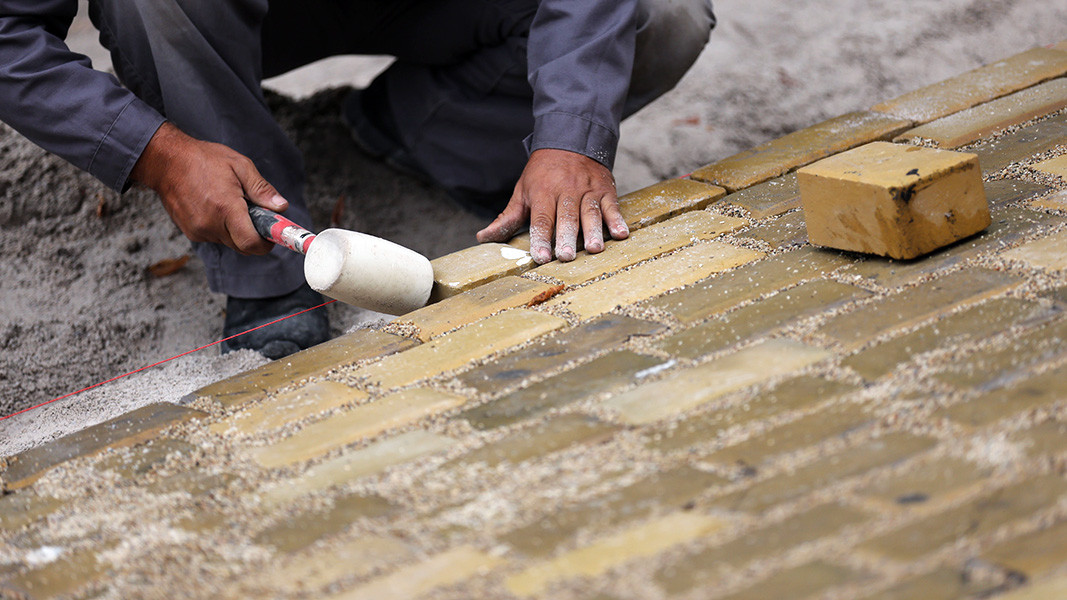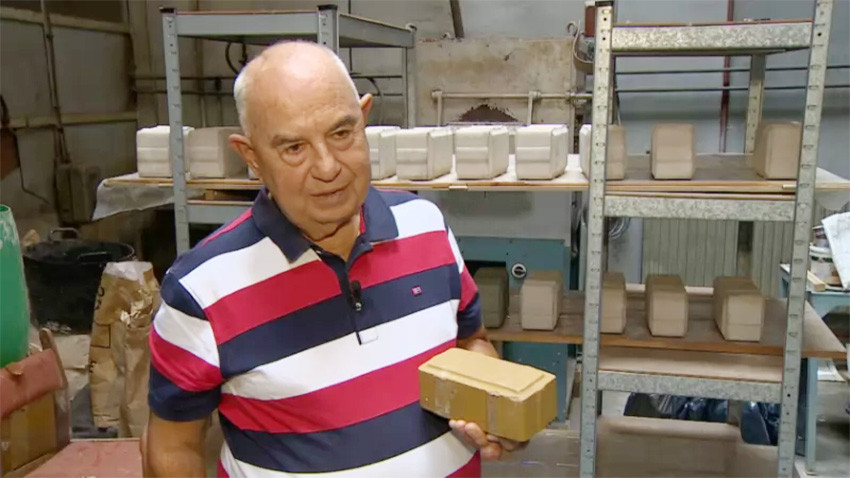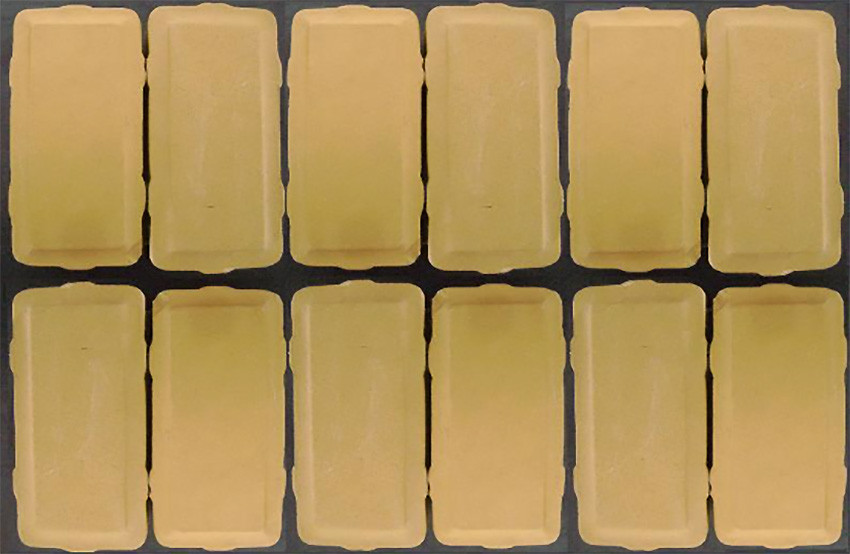Two world wars, bombings, socialist marches with tanks and heavy trucks, civil protests and recent renovations... The emblematic yellow pavement of Sofia has experienced a lot for the past 116 years! The iconic pavement is now declared a cultural and historical heritage. It is said that the paving blocks were imported from Austria-Hungary in 1907. In the first decade of the 20th century, the central streets of the Bulgarian capital were covered with them. We still see them today in the center of Sofia near the "St. Alexander Nevsky" cathedral and the National Assembly, the former royal palace and the National Theater.

However, no one produces exactly this type of ceramic pavement blocks anymore. Imports have long been discontinued and the beautiful yellow pavement that the citizens of Sofia are so proud of is irretrievably crumbling. Attempts to constantly rearrange the paving stones and replace them with old ones do not give the desired results. These days, one of the symbols of the capital city has once again entered the news because of yet another not very successful repair attempt.

After the rearrangement of the pavement in front of the parliament, which continued for over two months, the paving stones are now in different shades of yellow to the outrage of Sofia residents. According to the office that supervises the construction site, the reason was that the pavement blocks in question were combined from different series of production and some of them were subjected to longer exploitation than others over the years.

"I have no explanation why some are very light while others are very dark," Prof. Lyuben Lakov from the Institute of Metallurgy at the Bulgarian Academy of Sciences says. Together with his colleagues he had been searching for years for a way to produce a 100 percent analogue of the 100-year-old yellow paving blocks. Some time ago, Bulgarian scientists discovered the formula of their unique structure. Now, the professor's team has perfected it and is already preparing a series of brand new yellow paving stones for Sofia.
"The cultural and historical heritage from more than 100 years ago is a benchmark. The new pavement is the same in composition, with the same physico-mechanical and other properties, as it has the same mineral phases as the original. The size, volume and color is the same. Lets mention that the original color of the pavers in Sofia is ochre, not yellow as we often define it. For us scientists, colors and nuances are so many that they are expressed in numbers. So, the paving blocks that we created are identical in color to the original," Prof. Lakov says.

The paving blocks produced by BAS were subjected to a thorough analysis at the Technical University in Sofia. "It turns out that they are even a bit more resistant to dry and wet rubber and are not as slippery as the original. They are the same in color, size and shape," Prof. Lakov says and adds:
"We have a contract with the Municipality to produce a pilot series of 250 blocks. Our deadline is Christmas, as we work in an institute, not in a factory. However, we produce them with the appropriate mold equipment, formulation preparation, pressing, drying, heat treatment... We are ready to hand over the first series on time, but when and where our pavement will be used depends on the municipality. In my opinion, the Sofia Municipality is unlikely to invest in the construction of a factory for yellow pavement. That's what the business needs to do."

Prof. Lakov has even checked the possibility for existing factories in this country, for example those in Vidin and Kazanlak, to start the production of the specific paving blocks, so that they can be used not only for the center of Sofia but also in other cities in Bulgaria and maybe abroad.
Read more about the past and present of Sofia:
Residents and guests of the village of Kolena, Stara Zagora Municipality, gather for the Young Wine Festival. The event was celebrated for the first time in 2017, and a few years later the local teacher and winemaker Martin Slavov gave the..
The tallest Ferris wheel in Bulgaria will rise above Pleven , announced regional governor Nikolay Abrashev. It will be built in a multifunctional complex near the Kaylaka Park. "The project envisages the construction of a Ferris wheel with a..
The town of Elena, Veliko Tarnovo region, will welcome thousands of guests for the Feast of the Elena pork leg meat delicacy . Balkan masters will demonstrate their culinary art on Saturday and Sunday, BNR correspondent Zdravka Maslyankova reported...
According to the Annual Report on the Health Status of Bulgarian Citizens for 2023, t he main cause of death in Bulgaria is diseases of the..
At the Bulgarian Embassy in London, Prof. Bettany Hughes presented excerpts from the new BBC series - Wonders of Bulgaria. Prof. Bettany..
Over 3.5 million Ukrainians have arrived in or passed through Bulgaria since the beginning of the war. Nearly 200,000 people have found temporary..

+359 2 9336 661
